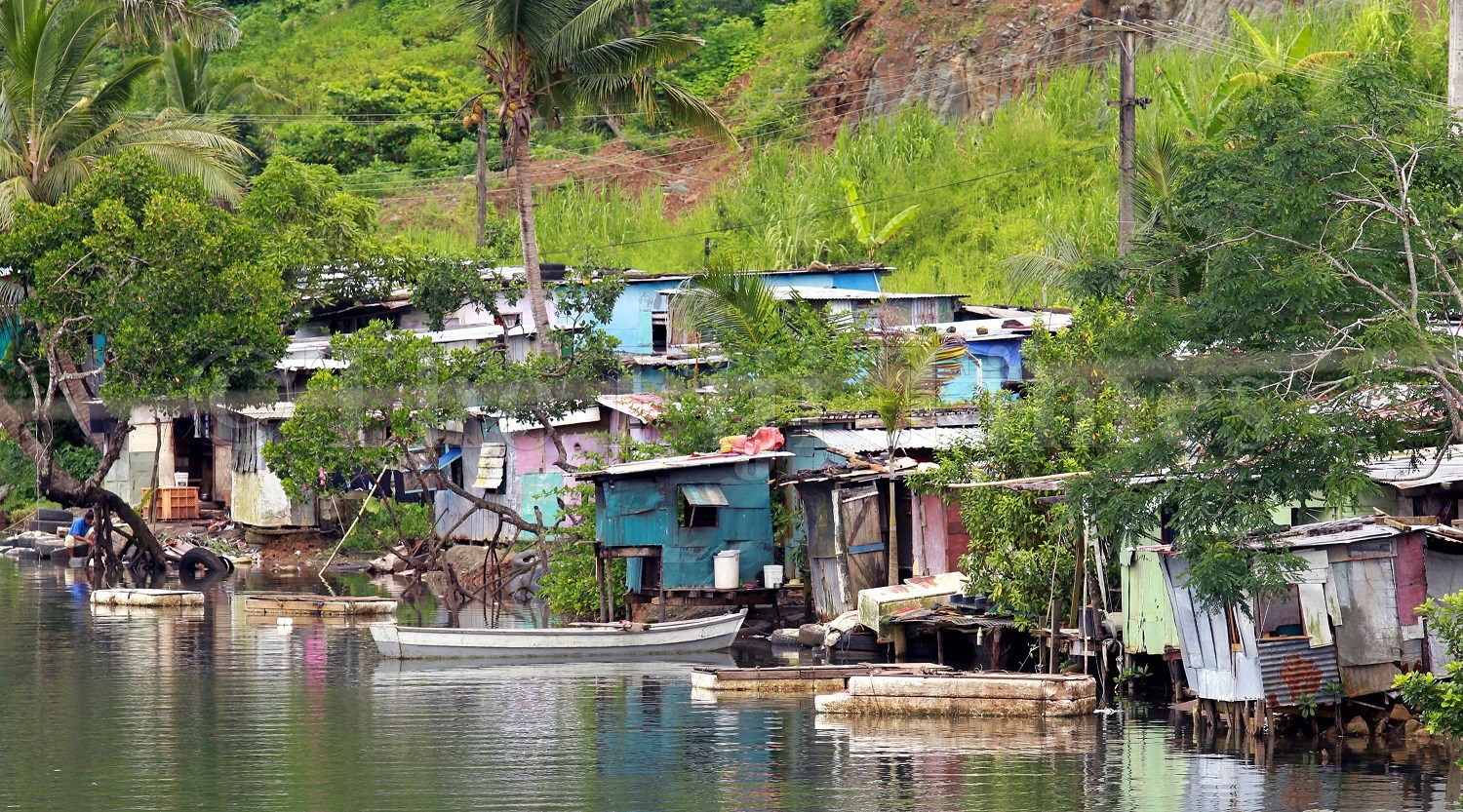The World Bank has revised to 24.1 per cent from 29.9 per cent, Fiji’s national poverty rate because of a discrepancy identified by its Poverty & Equity Global Practice team.
As per the revision, the rural poverty headcount rate went from 41.5 to 36.5 per cent and urban from 20.4 to 14 per cent.
In a statement, the World Bank stated household consumption estimates in Fiji’s 2019-2020 Household Income and Expenditure Survey (HIES) had been updated to account for revised estimates on spending on non-food items such as utilities, communications, domestic services and education.
The World Bank said the review identified that in the consumption aggregate estimated from the 2019-20 HIES, expenditure on four non-food categories: utilities (electricity, gas, water, garbage collection), communications (telephone, TV, internet and postal) domestic services and education (including school fees and books) was only included for households that spend on all sub-categories.
“The revised expenditure measures now represent total spending on any of these items, bringing these figures in line with international standards,” the World Bank stated.
“The change has resulted in household consumption figures being revised upwards for most Fijian households, with non-food consumption originally representing 4 per cent of total household consumption, now accounting for 11 per cent.”
The World Bank stated Fiji’s national poverty line remained virtually unchanged ($F2179.4 in the original, compared with $F2179.5 in the revision), because of the relatively uniform distribution of non-food expenditures among the households in the original and revised reference groups used to calculate the poverty line.
The revised consumption aggregate means a Gini Index (a measure of the distribution of income across a population) of inequality of 30.7 points, slightly up from 30.1 points.
According to Investopedia, zero represents perfect equality and 100 perfect inequality.
A higher Gini index indicates greater inequality, with high-income individuals receiving much larger percentages of the total income of the population. om 2


